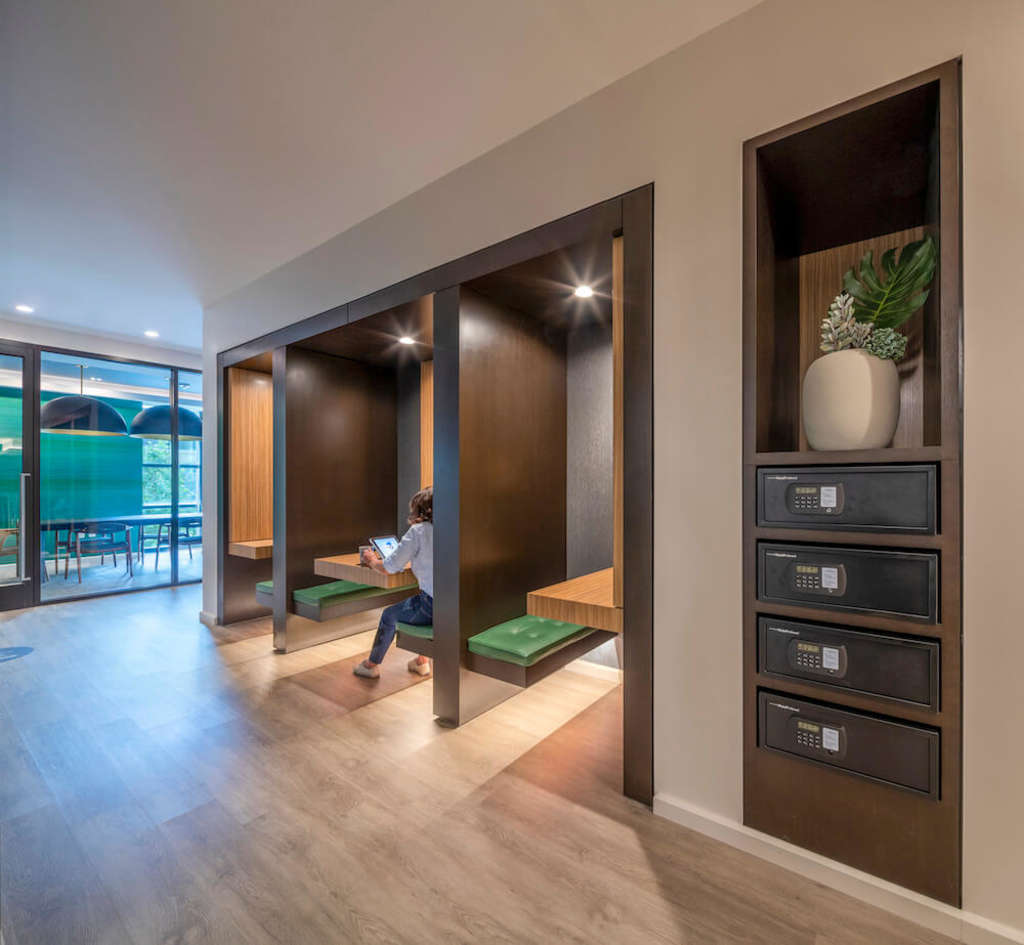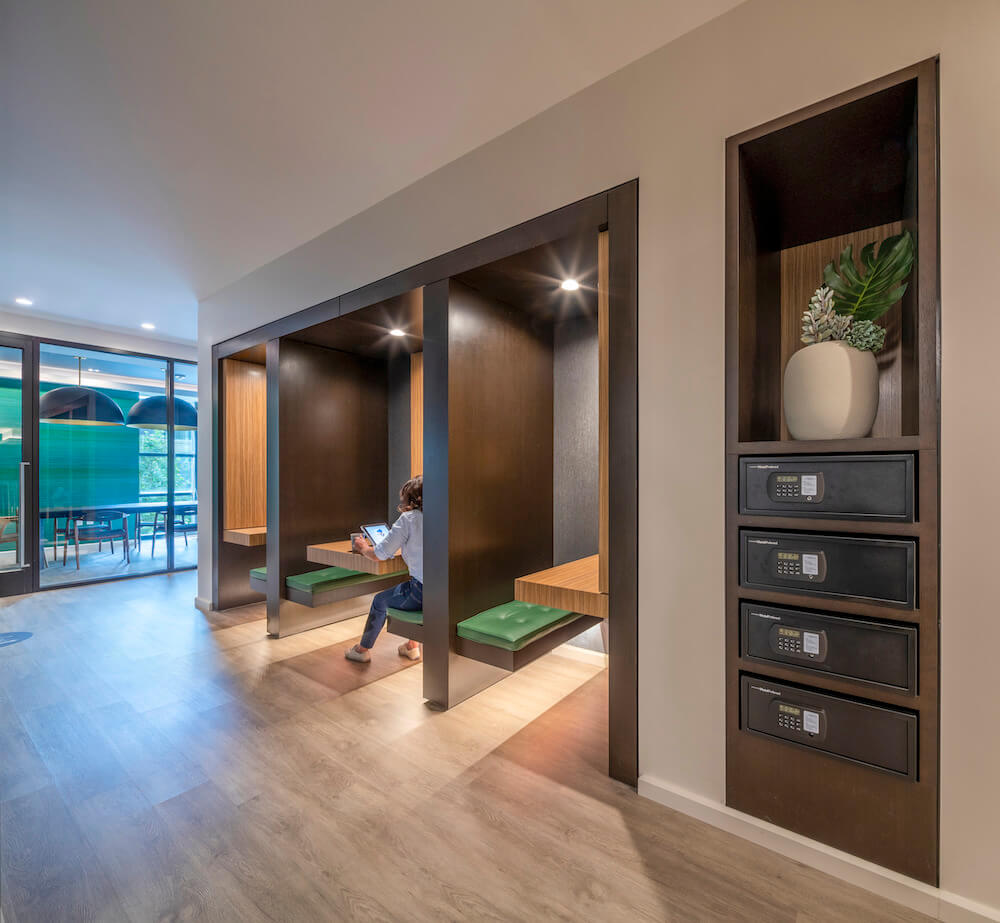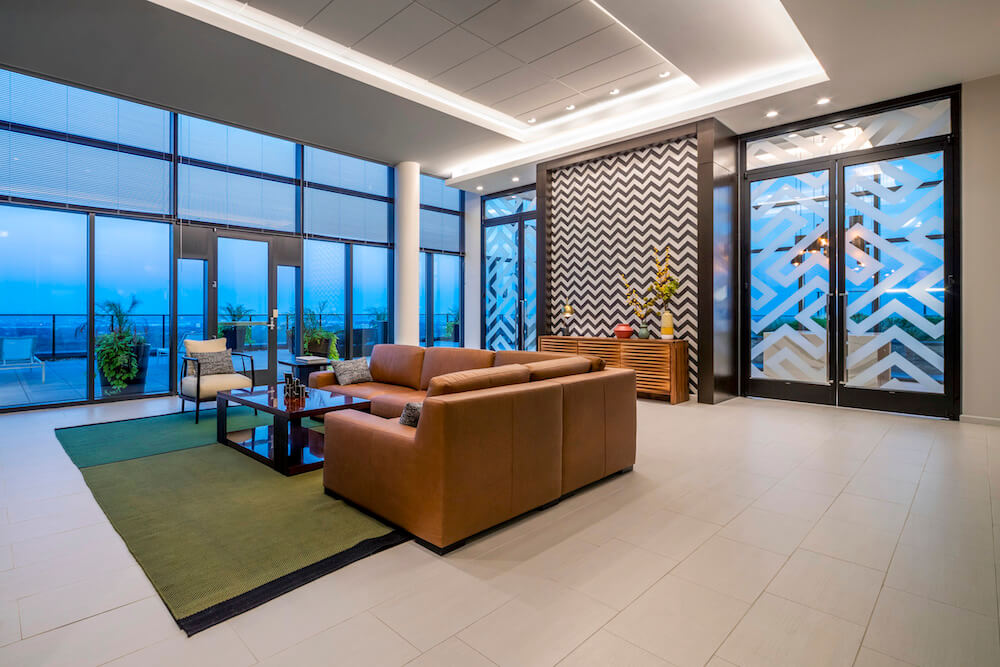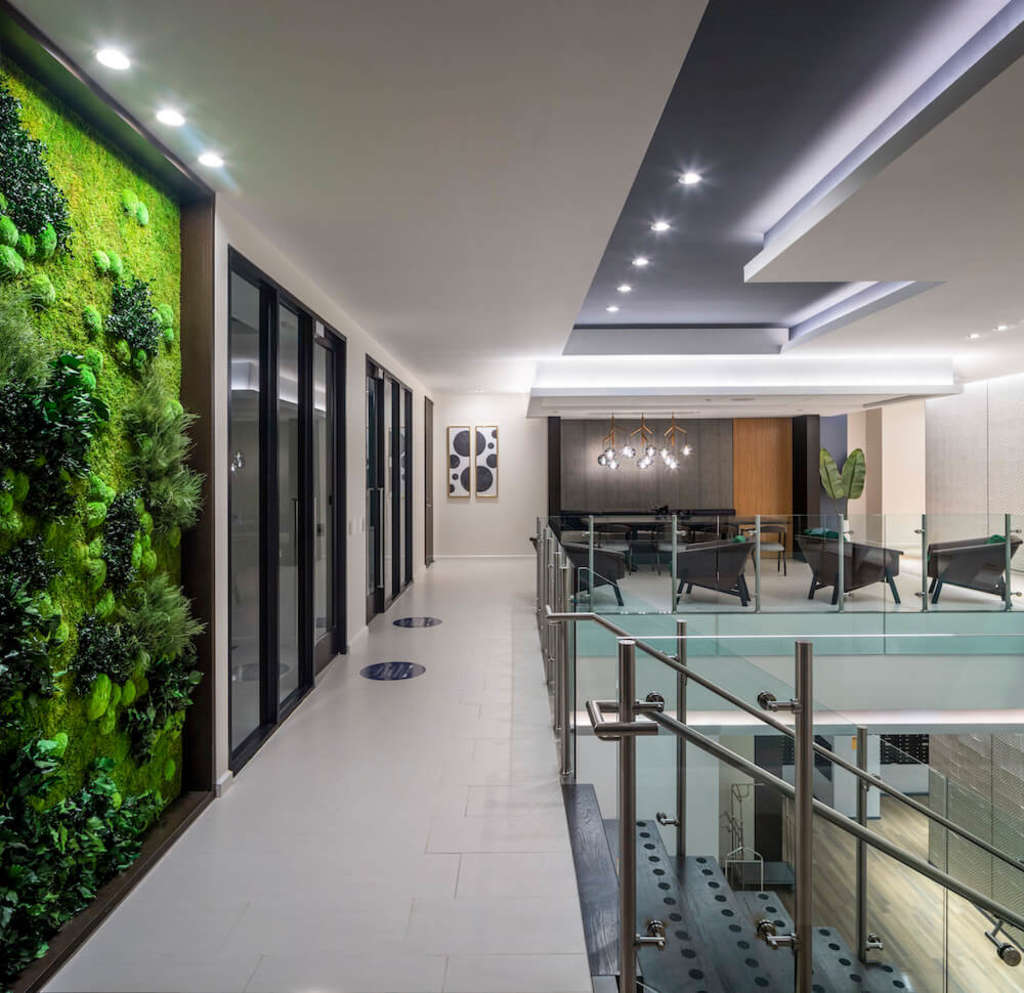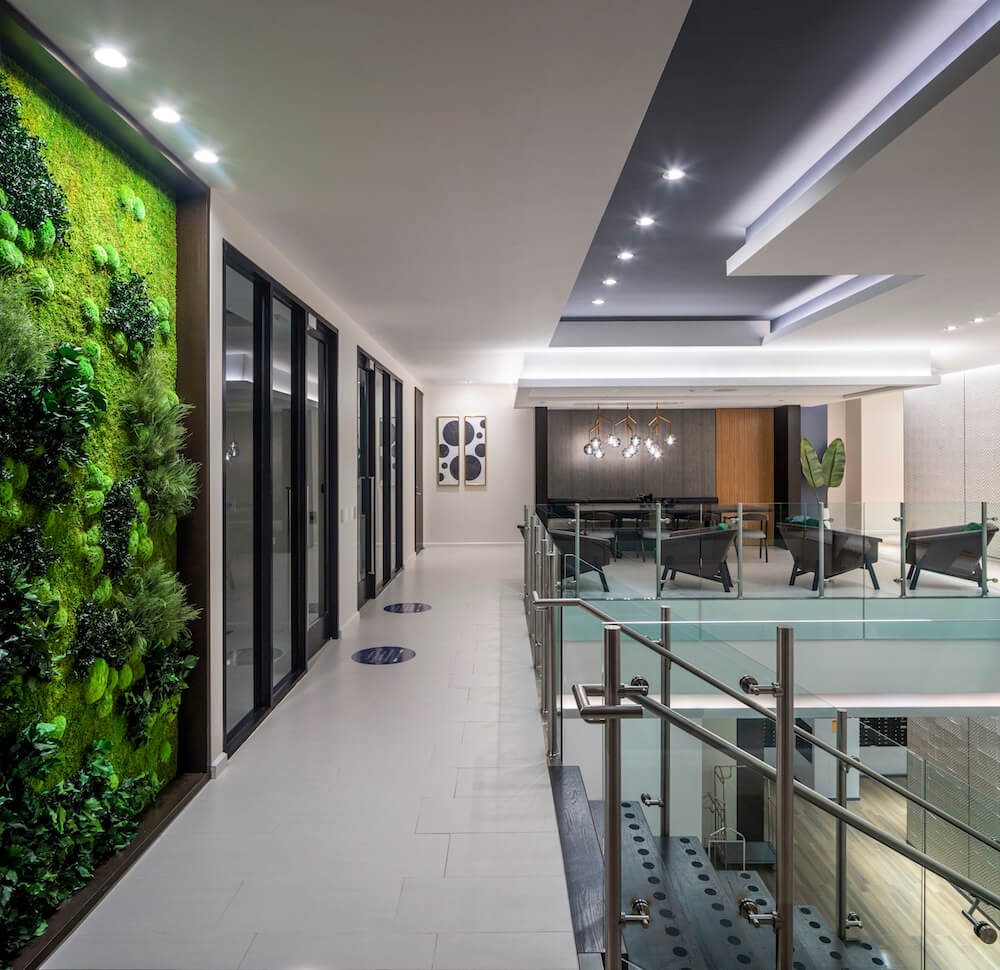Digital Nomads Influencing Design: From Empty Lobbies To Community Hubs
As our spaces continue to adapt to our future needs, we’ll likely see more collaborative, communal zones where people can relax, shop, and work.
Digital nomads are those who have the unique ability to work from anywhere. While we often imagine the traditional digital nomad working from an exotic tropical destination, a new form of digital nomadism is emerging—one where people are not wandering far from home. Today, we see a wave of digital nomads whose lifestyles don’t necessarily allow them to work from paradise. Instead, they’re setting up at a coffee shop down the street or a community park with access to WiFi. With the rise of the “work from anywhere” movement, fewer people will return to the office in favor of working from home permanently and becoming digital nomads themselves.
Digital nomadism continues to blur the line between live, work and play. As our spaces continue to adapt to our future needs, we’ll likely see more collaborative, communal zones where people can relax, shop, and work. Additionally, as more companies give their employees the option to work from home indefinitely, there is a new opportunity to transform empty offices into spaces that support various activities.
Lobbies As An Amenity Space
Prior to COVID-19, lobby spaces have been fairly nonfunctional. Historically, lobbies have acted as a large empty space that people pass through to get to their destination. Now, however, COVID-19 has created an increased desire to socialize and have human connection again. The mere size and space of lobbies provide an enormous opportunity for them to now become the destination—a place where people can gather. As office buildings continue to become amenity-rich as a standard, these reinvigorated lobby spaces will give people a reason to visit. Additionally, as employers search for a way to entice staff back into the office, they can do so with this type of experience—one that will also attract digital nomads and diverse members of the community.
The potential for lobbies to serve as an additional amenity space is seemingly endless. These large spaces often used as a buffer between the office and the outside world now sit empty. Even with the expected return to the workplace, we can anticipate that the lobby space will remain reasonably quiet as some staff work remotely. To utilize these spaces to their full capacity and bring more community members in, simple additions such as comfortable seating, outlets or charging stations, and even desks will immediately provide a touchdown space for work. Choosing warm colors and soft textures can also make these once cold and empty spaces more inviting to people.
More considerable additions such as small coffee stands, private phone booths, and reservable co-working spaces will draw people into a building that they would never have stepped foot in otherwise. By including rentable multipurpose rooms and break-out conference rooms with lots of embedded technology, people will see lobby space as an easy meeting spot. Delis and name brand cafes like Starbucks will ensure guests are comfortable, and will not need to leave the building to grab a coffee or quick bite to eat.
The Rise Of Digital Nomads
Lobby spaces with these additional amenities will appeal to the greater community and this new wave of digital nomads. As people choose to work from home, some find themselves creating a better work/life balance. People can skip the commute to and from far away offices by choosing to work from lobbies closer to their homes. Because they will be cutting down their commute times, many people will have a bit more time on their hands to relax and have fun.
By providing these new digital nomads with space to work for a few hours and areas to relax with their family and friends, people will begin intentionally traveling to lobbies for long periods. Architects and designers can increase space usage in these reimagined lobbies by designing more welcoming entrances and showcasing the potential for community engagement. Designing spacious outdoor entryways can provide a seamless transition from outside to inside. Additionally, strategically landscaped seating elements placed outside of a lobby will appeal to people who want to stop by and enjoy some much-needed time outdoors, to work or to chat with a friend.
Beyond being a space to work or relax, lobbies can also become symbols of greater neighborhood engagement. By connecting lobby space to their outdoor plaza counterpart, there is space for outdoor activation that both adults and children can enjoy. Suppose architects and designers implement strategic design choices that appeal to all members of the family, such as large climbing structures for kids, mazes, and built-in games like chess and checkers, alongside an outdoor art installation. In that case, caretakers can relax or stop to do some work while their children play.
Post-pandemic, lobbies could evolve and host community events and small-scale performances and shows. From small plays to choir performances and community speakers, this space can be utilized in various ways. To encourage the community to support small businesses, local pop-up shops can station themselves in or near lobbies for guests to enjoy. Through simple changes, entire communities will have the opportunity to utilize this once dormant space for their benefit.
The way we work is rapidly changing, so why not also transform how we utilize the entire office building? Lobby spaces can become lively areas that serve employees, digital nomads, and the greater community. Lobbies will no longer just be a space to pass through, as that is a costly missed opportunity for both building owners and the community at large. Implementing some of these design changes, these empty office buildings can transform and serve a larger purpose greater than ever before.
